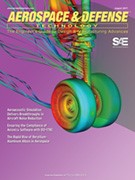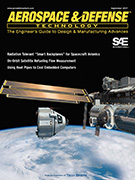Technical Paper
16-Channel Portable Data Acquisition and Reduction System
1984-04-01
840764
A Microprocessor Data Acquisition System has been designed to be cab-mounted in vehicles or used in laboratories to acquire up to 16 channels of test data. This data may be acquired as time-at-level histograms in one or two dimensions with min-max-mean data recovery, time histories, or peaks and valleys stored on digital tape. The system includes a microcomputer-based Playback/Support Box that simplifies playback of data tapes for computer analysis or stand-alone data plotting using a graphics terminal.



